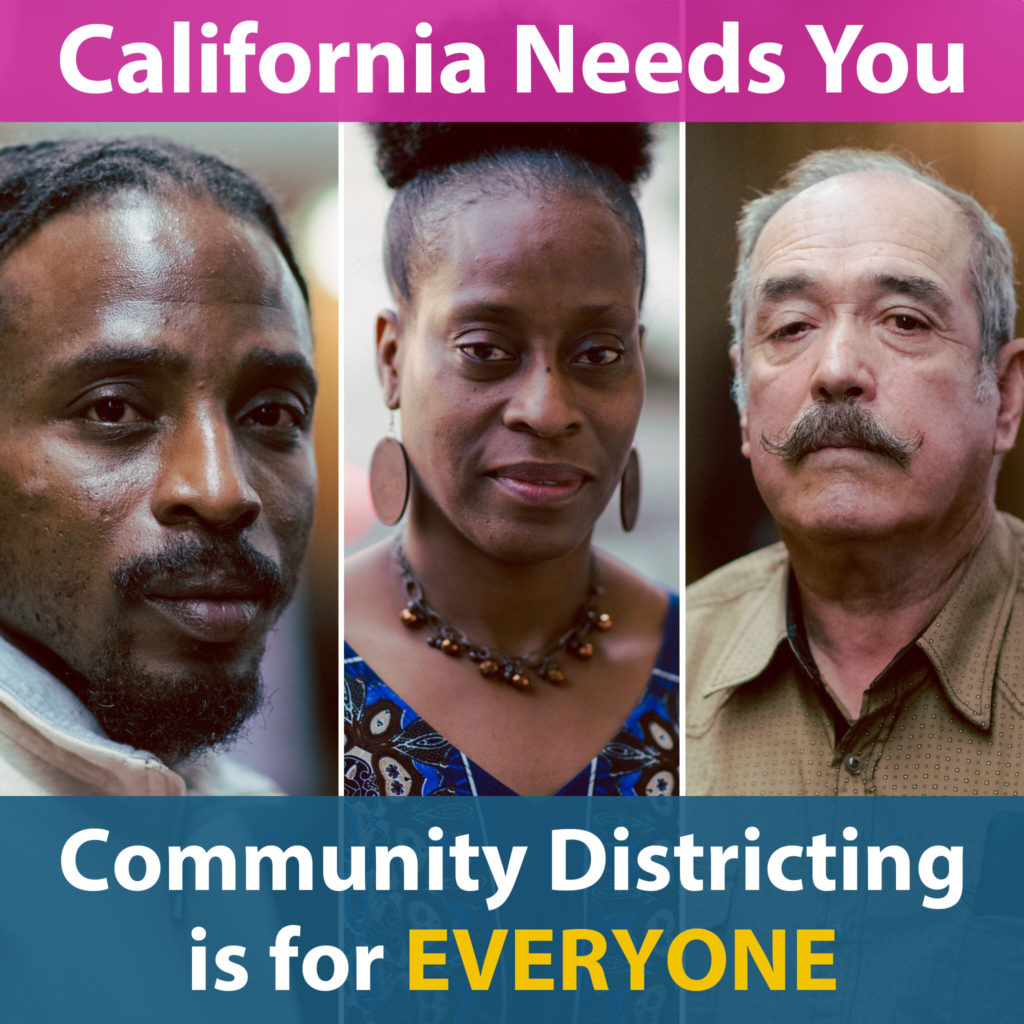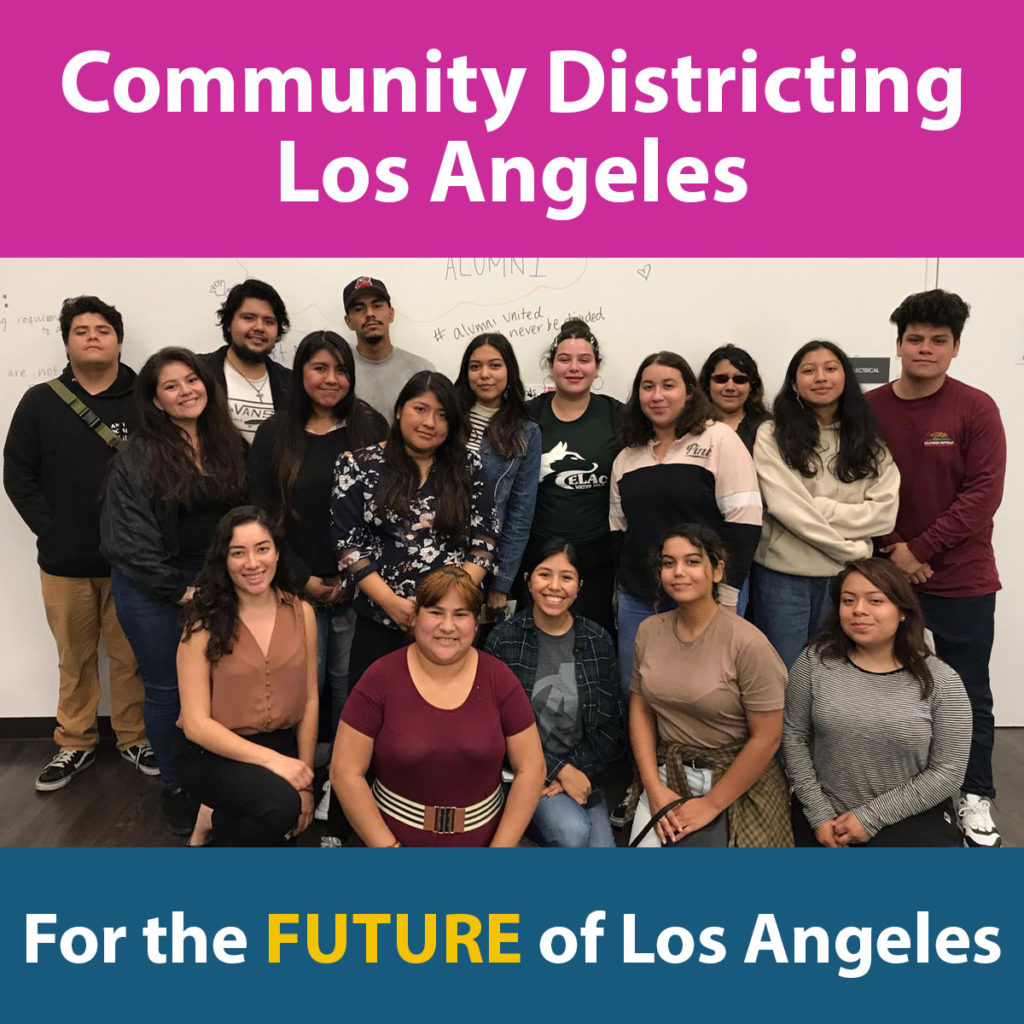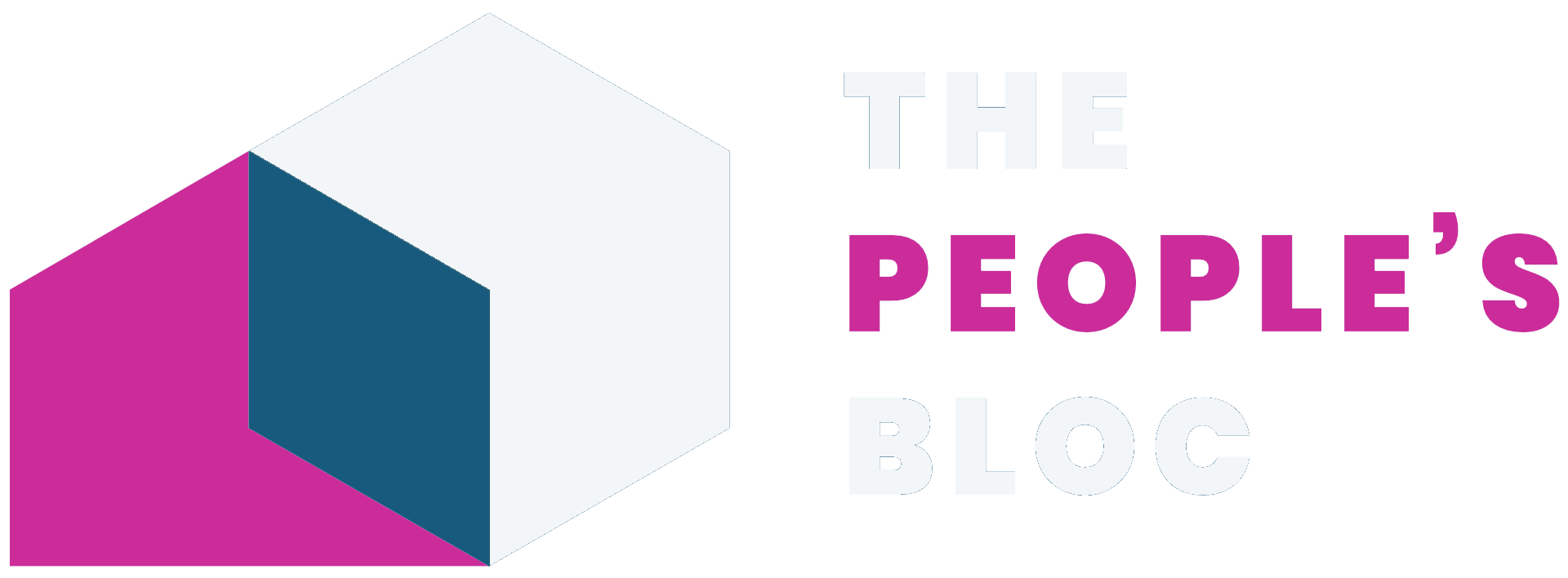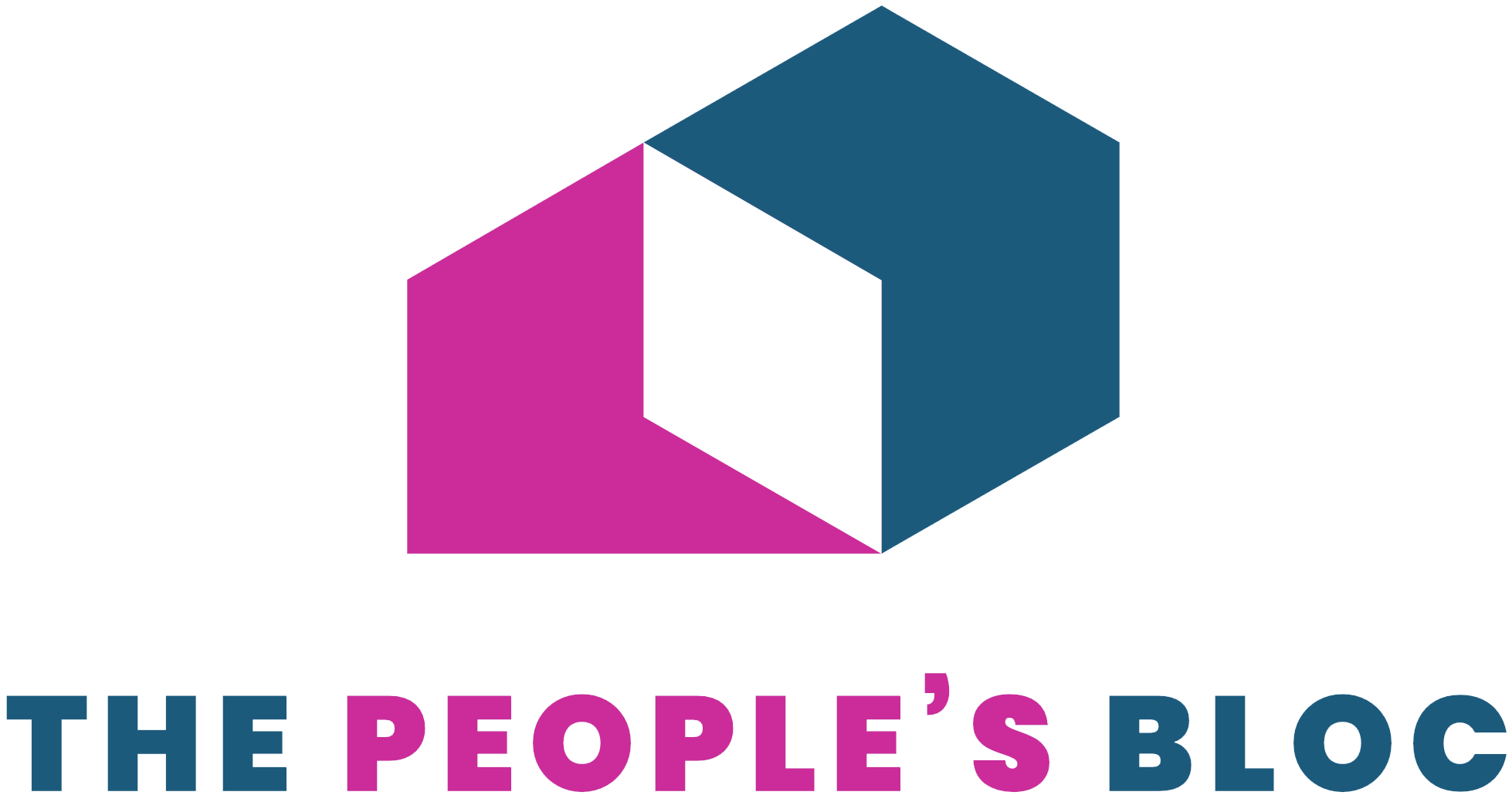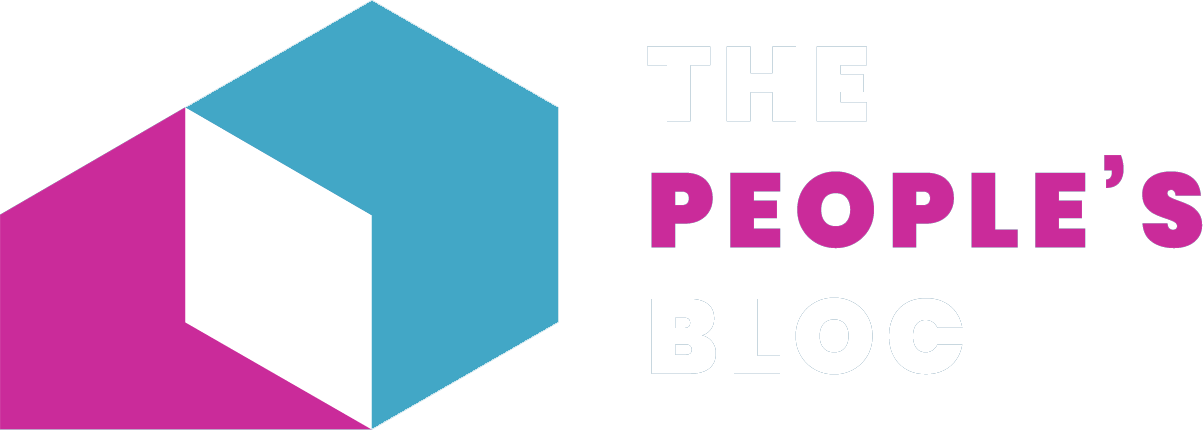Redistricting Los Angeles County
Importance
What makes Los Angeles community districting unique?
For the first time, the inaugural Los Angeles Citizens Redistricting Commission will hear directly from community residents to ensure the new districts respect the way people understand the boundaries and shared characteristics of their communities. This provides a unique opportunity for meaningful and substantive community participation. The districts we draw this year will shape our lives and our communities for the next decade. To determine how we will be represented and how funds for schools, hospitals, and other essential services will be allocated, we must mobilize massive participation to draw new district lines that keep our communities whole.
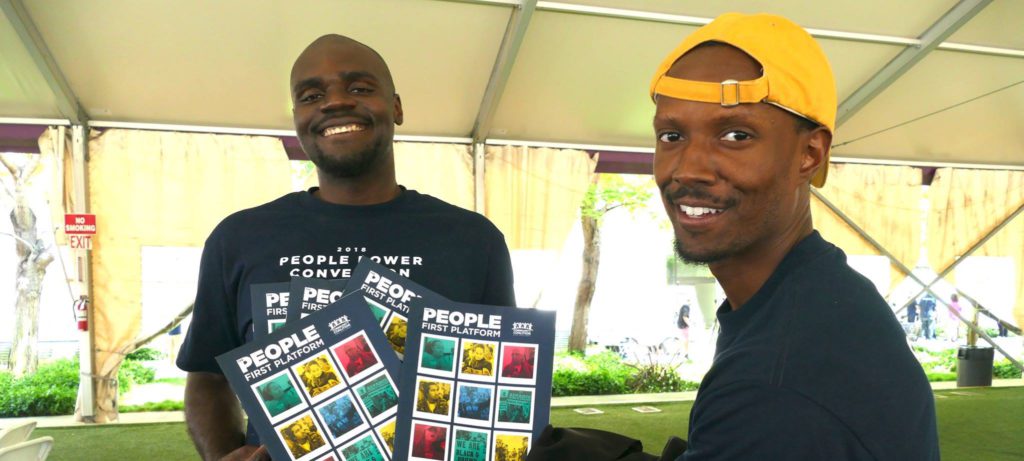
Background
In Los Angeles County, historically the County Board of Supervisors had adjusted the boundaries of all supervisorial districts. Decades of protecting incumbent interests above those of their communities led to much needed upgrades to the county’s redistricting process. Senate Bill 958 (2016) authorized the creation of the Los Angeles County Citizens Redistricting Commission. This inaugural independent citizen’s commission reforms the redistricting process for Los Angeles County and creates a much more transparent and inclusive process for county residents. In Los Angeles County voters should choose their representatives not have representatives choose their voters.
2021 Los Angeles County Redistricting
Beginning in 2021, the authority for redrawing the boundaries of L.A. County’s supervisorial districts will be in the hands of 14 commissioners instead of the five county supervisors so that districts better reflect the broad demographic and regional diversity of the county. The Los Angeles Citizens Redistricting Commission (L.A. CRC) must file its final map with the county’s election official (i.e., the L.A. County Registrar-Recorder/County Clerk) by December 15, 2021.
The L.A. CRC’s process will mirror the state’s four-phased approach:
- commissioner recruitment and selection;
- commissioner preparation;
- line-drawing process; and
- potential legal challenges.
Phase 1 already occurred and culminated in December 2020 with the selection of 14 commissioners. Phase 2 launched in January 2021 with trainings and other capacity building opportunities for commissioners to ensure they have the resources and knowledge necessary to carry out their mandate. We anticipate that phase 3 will begin as soon as the federal government delivers redistricting data to states in the summer. As with the state process, phase 4 will only be necessary if the final maps are legally challenged.
Figure 1: L.A. County’s Citizen Age Voting Population Estimates
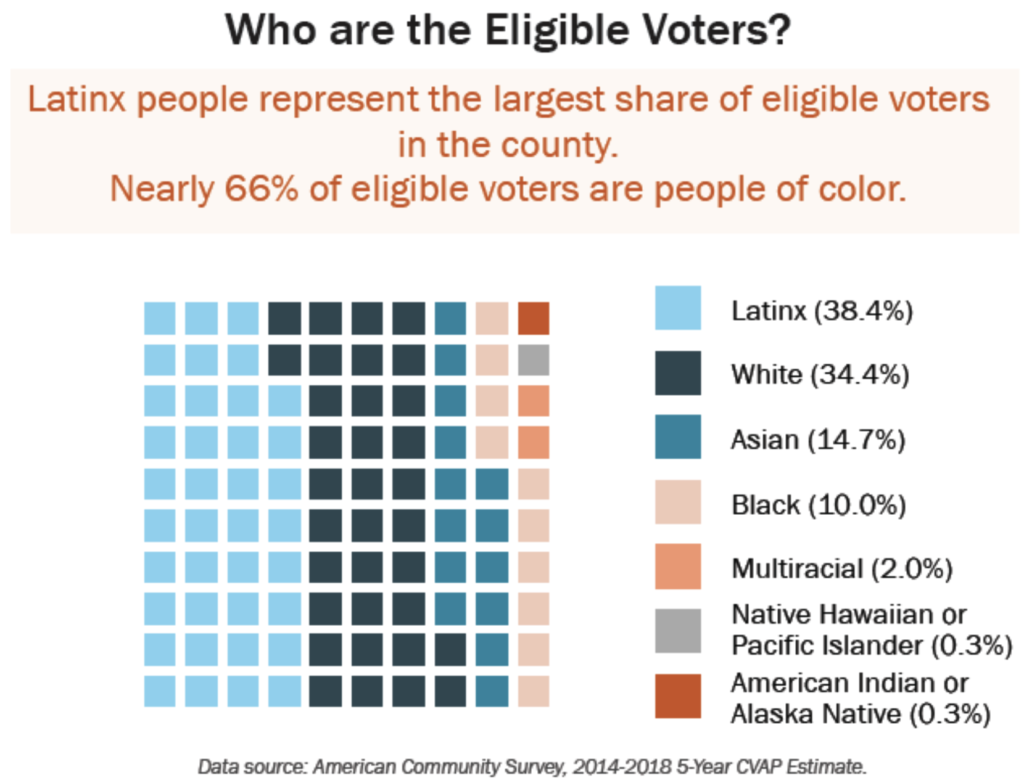
Changing demographics across L.A. County reflected in the 2020 Census population counts will undoubtedly provide opportunities for certain population groups to increase their potential voting power. This is particularly the case for the county’s Latinx population (Figure 1). Significant Latinx population growth in District 2, which encompasses cities such as Inglewood, Compton, and Gardena, could lead to a second Latinx-majority district with the possibility of electing a Latinx candidate in the future (District 1 is the first majority Latinx district). In other cases, Latinx population growth could result in districts where Latinxs make up a plurality but not a majority of the citizen voting age population (CVAP). In other words, although the Latinx CVAP may not surpass fifty percent, it could be the largest population share compared to other groups in the district. This could be the case in District 3 and District 4, giving Latinx voters significant potential power.
In response to this evolving landscape, racial equity advocates are strategizing how to best meet the representation needs of a growing Latinx population while also creating opportunities for other racial/ethnic groups and their representation needs. This includes prioritizing and uplifting the needs of Black communities, Asian American groups such as Koreans and Cambodians, and Pacific Islanders – all groups that have been marginalized, cracked, and packed during previous county redistricting processes.
To facilitate county level community districting engagement, the People’s Bloc was established by Community Coalition and Advancement Project California. The People’s Bloc is multiracial table dedicated to the inclusion of everyday residents, conducting public education, and proposing solutions to the redistricting process that promote the political voice, representation, and access to resources of historically underrepresented groups. To get involved please contact moreinfo@thepeoplesbloc.org.
Resources
Learn more about Los Angeles County community districting
Discover how redistricting in the County of Los Angeles is unique and find resources to help shape our future.
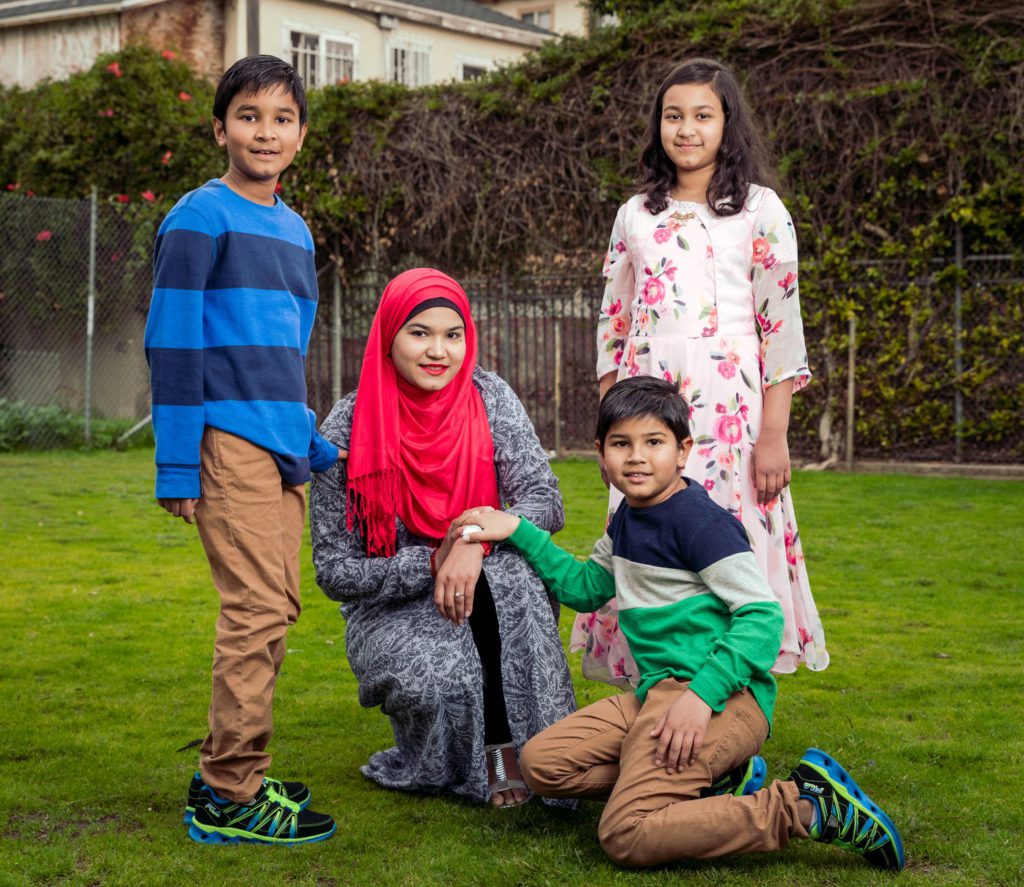
You can get involved by (1) sharing your personal story about why accurate representation matters to your community, and (2) joining People’s Bloc organizing efforts to engage the community in the statewide and/or local redistricting processes.
Submit Information on Your Community
The Los Angeles County Citizens Redistricting Commission (CCRC) needs to hear from you to make sense of the new census data they will use for their districting efforts. Data alone does not provide the full picture of what it is like in your community and of the many communities of interests (COIs) that exist. And so, your community’s story will help commissioners interpret census data and guide their drawing of district maps.
You can submit public testimony and/or maps to the CCRC via:
Portal: Public Comment Portal
Email: Commissioners’ Emails
Letters:
Los Angeles County Citizens Redistricting Commission
c/o KH Consulting Group
P.O. Box 56447
Sherman Oaks, CA 91413
Get Involved with the People’s Bloc
There’s power in numbers, so connecting with local organizations to advocate for more equitable districts, partnering with multiple community groups, and sharing collective testimony will enhance your ability to keep your communities together. Plus, local organizations can help share informational resources and support the development of testimony. To learn more please contact moreinfo@thepeoplesbloc.org.
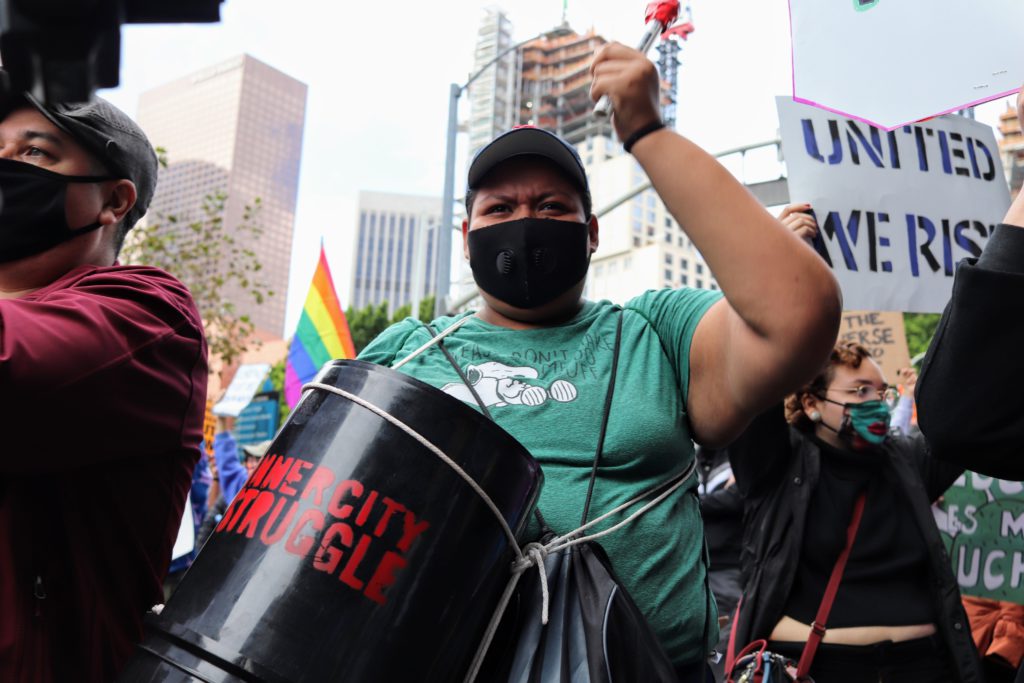
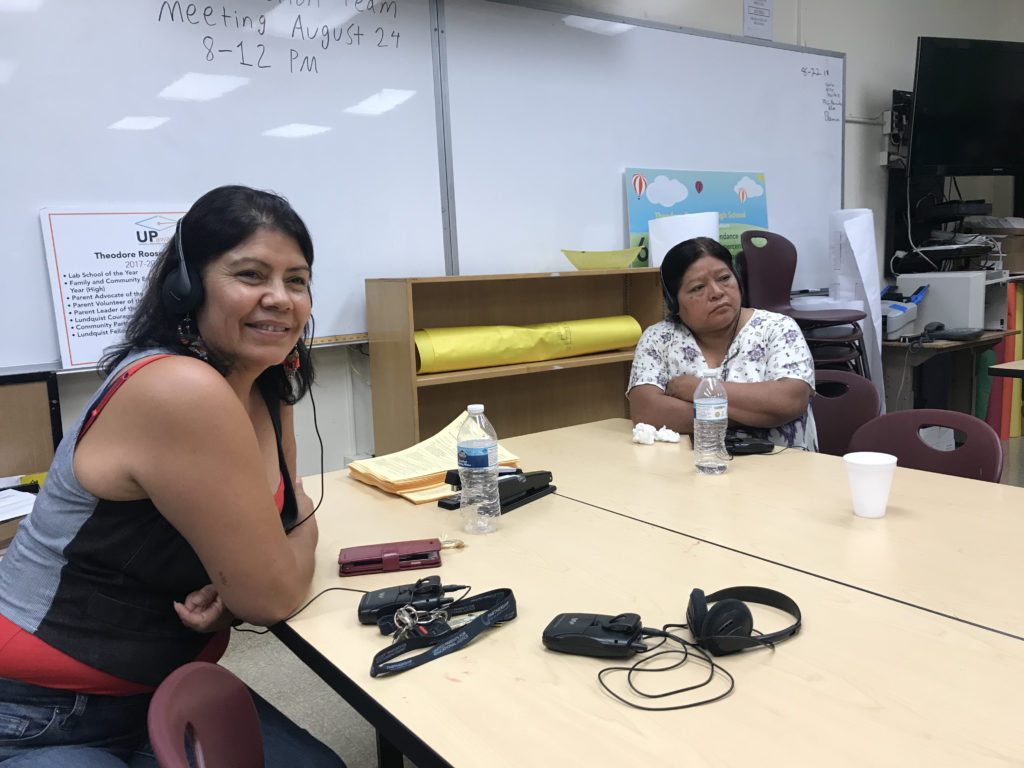
The 14 Los Angeles County Citizens Redistricting Commissioners will be setting up community hearings across regions to hear public testimony about communities of interests and how lines should be drawn to keep them together. Given the pandemic, it is anticipated that hearings will be held virtually until it is safe to meet in person.
Once the commission hears initial public testimony, they will release their first set of draft maps and communities will have 14 days to submit public comments about the drafts. The commission will then take all public testimony into account to adjust and finalize the maps and will need the votes of at least nine commissioners to approve the maps. Once the maps have been approved, they are certified and submitted to the county elections official, along with a report from the commissioners explaining how these maps meet the required legal criteria.
We need your attendance at these hearings! The districts we draw this year will shape our lives and our communities for the next decade. When we draw the map, we choose what hospitals, schools and resources are funded in our neighborhoods.
Those uninterested in a fair and transparent process have succeeded in advancing their aims not by proving persuasive but by removing community districting from the public domain, rendering it an obscure and technocratic process while conducting it behind closed doors. Additionally, COVID-19 further altered the landscape and created emergencies leading to many unmet critical needs. Many of the hardest hit communities who were disproportionately impacted by the pandemic were communities of color and low-income, poor people who have traditionally been excluded from this process. COVID widened the gaps and disparities resulting in critical communities being even further removed from this process.
Our task, therefore, is to make this a process our base can enthusiastically, energetically, and relentlessly reclaim for our communities. This messaging guidance is designed to reach and mobilize people who would like to become or are in some way already active in their communities or engaged with their neighbors, but who are unfamiliar with this issue and who otherwise might not be politically active.
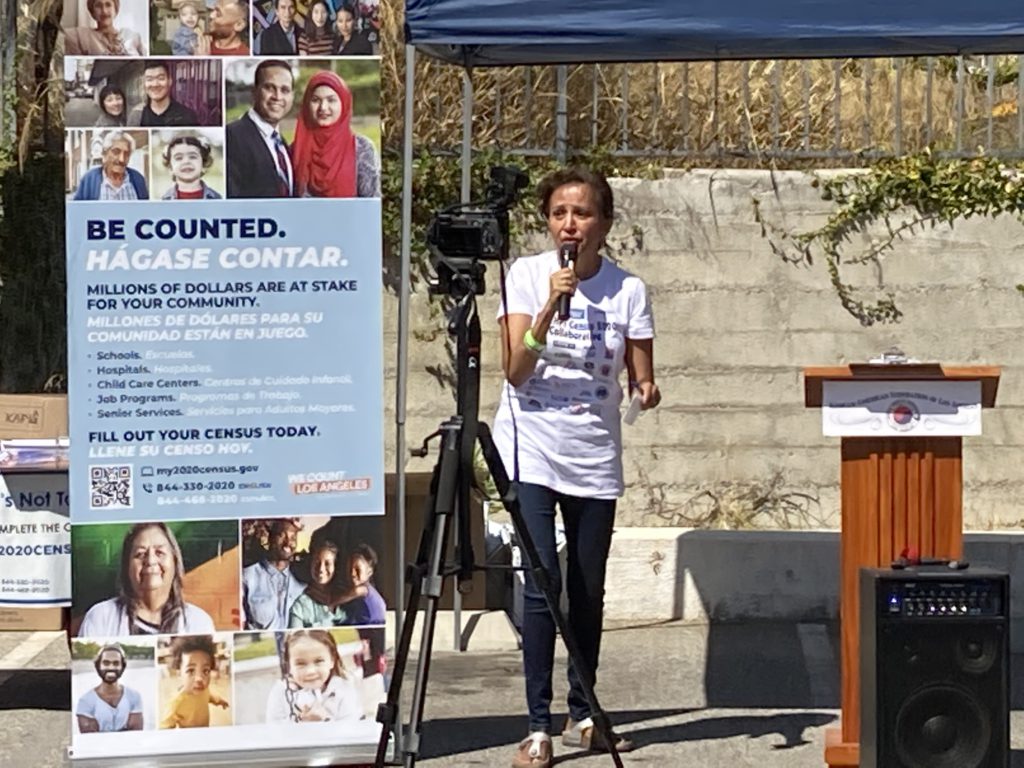
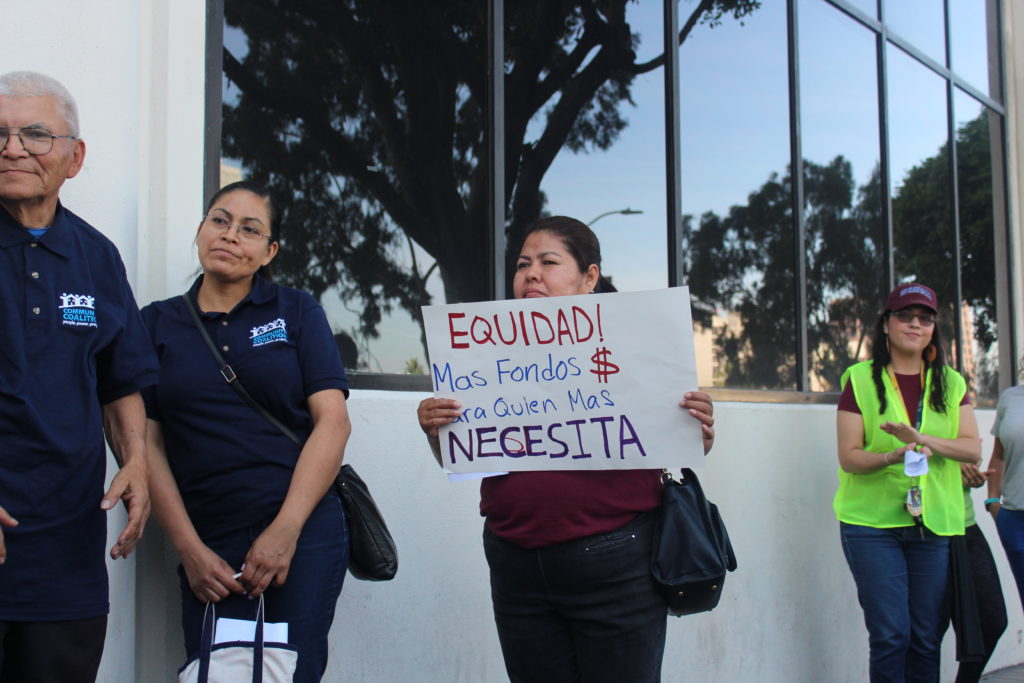
Redistricting Equity Indicators are data that have been selected by the People’s Bloc to support our goals of moving towards a more equitable Los Angeles by creating districts that ensure people of color and low-income, poor communities are able to elect candidates of choice.
Equity Indicators can be used to support:
- Community conversations around multiple ways to define communities of interest (COI).
- Identification of common social or cultural interests or progressive policy goals across neighborhoods.
- Assessment of proposed districts regarding their potential to maximize opportunities for low income and people of color to advance progressive policies that benefit them.
The Redistricting Equity Index combines equity indicators to highlight areas where progressive-minded low-income BIPOC reside.
Share
Spread the word!
